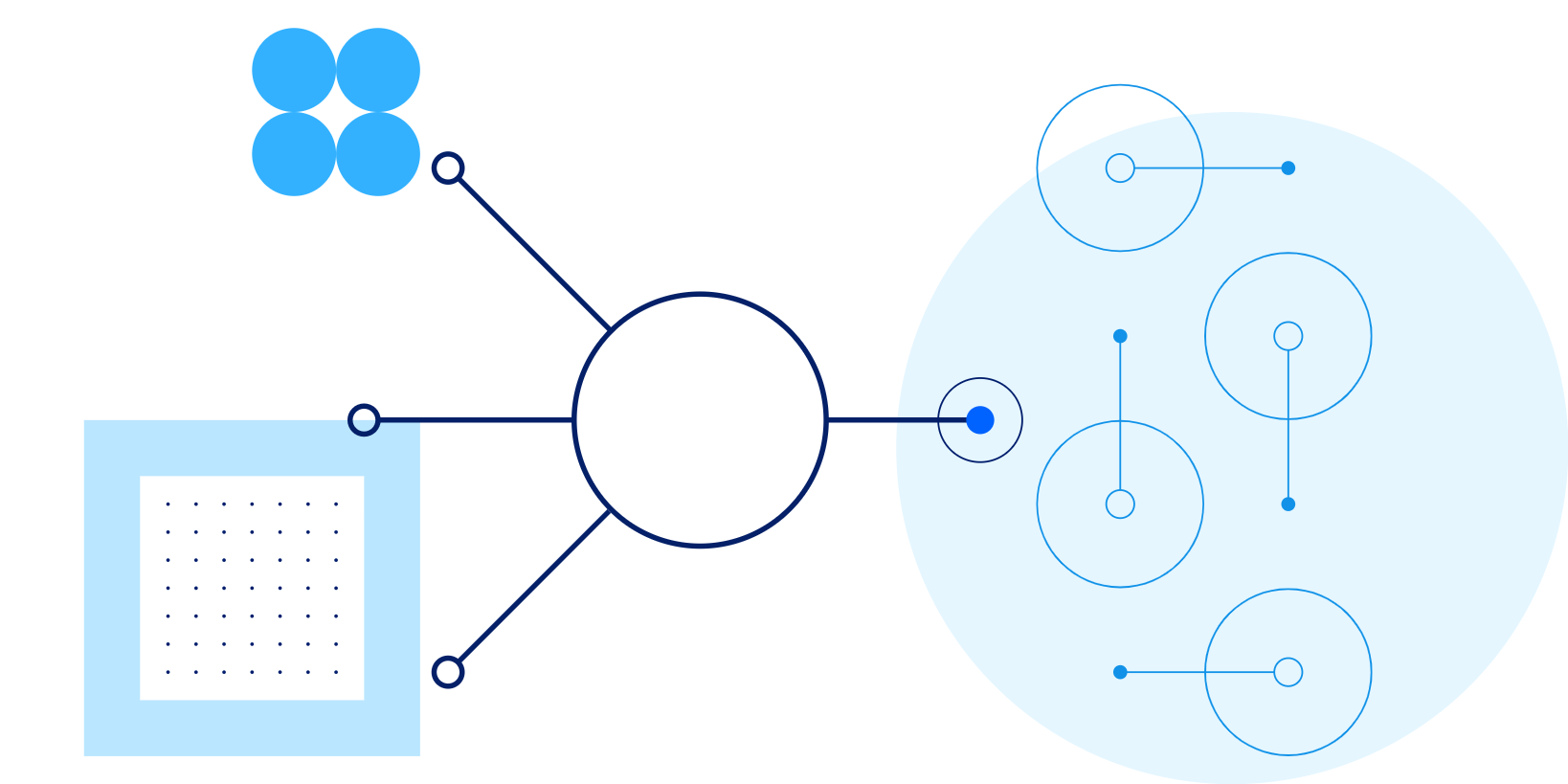About cookies on this site Our websites require some cookies to function properly (required). In addition, other cookies may be used with your consent to analyze site usage, improve the user experience and for advertising. For more information, please review your options. By visiting our website, you agree to our processing of information as described in IBM’sprivacy statement. To provide a smooth navigation, your cookie preferences will be shared across the IBM web domains listed here.
Perspectives
Redefining the contact centre of tomorrow
24 November, 2020 | Written by: Francesco Brenna
Categorized: Perspectives
Share this post:
It’s still early to draw conclusions for the year 2020, however, it’s likely that businesses will remember it as a time when the workplace changed forever. When, for many companies, the sudden shift to remote working and working from home coincided with a surge in customer calls. To face the challenge, customer contact centres need to shift their focus from a service failure demand to adding value to every customer interaction.
An opportunity disguised as a crisis
Customer contact centres were a heavily impacted area when the predictability of client interactions was disrupted by the coronavirus outbreak. Historically improvable areas such as long wait times and call overcrowding emerged right in the middle of the crisis to push call centres everywhere off-balance: lines were unable to attend to people’s calls due to insufficient capacity, while callers were growing impatient and more anxious. This can have potentially devastating effects for a business. IBM Institute for Business Value (IBV) research shows that customers are ready to abandon a brand after only three unsatisfactory interactions.
Moreover, working from home became a necessity for many companies – now faced with the dilemma of assuring quality customer interactions with widely decentralized responses. Some companies were ahead of the wave and had already implemented a form of AI-enabled virtual agent to simplify operations and enable human agents to focus on more complex work. Others were caught right in the middle of their digital transformation, while many enterprises had not started yet.
It’s becoming clearer that those who missed the start need to move now and explore the benefits of customer engagement platforms and conversational AI if they want to build resiliency and be prepared for whatever the future brings.
When contact centre meets AI
AI-enabled agents have been a part of our lives for some years now, answering routine queries about fixed procedures or operating hours. This digital labour can help contact centres overcome major crises in five important ways:
- Managing workloads. Virtual agents can resolve routine queries with no human assistance
- Smart routing. Digital agents triage queries and decide how they should be routed.
- Pre-screening. More than 60 percent of failed customer- support calls could have been solved with better access to data. Digital agents gather pertinent data and deliver it to human agents when queries are escalated.
- Assisting human agents. Digital assistants can empower staff with real time additional information, suggestions to resolve customer disputes and opportunities to upsell.
- Automating everything. Virtual agents have the ability to adapt and easily learn even from handwritten documents.
Moreover, digital agents can also engage with multiple systems at the same time, reducing handle time and improving the experience for callers. For the first time, customer engagement can be integrated across multiple channels to fit seamlessly around the customers’ lives and expectations. In a successful implementation, the system can be up and running in a matter of days.
Redefining the new normal of customer interactions
Once based entirely in call centres, customer service has evolved into an omnichannel experience, integrating cloud-based communications, AI, chatbots and other powerful technologies.
Organisations seeking to answer customer queries promptly and more efficiently turned towards intelligent virtual agents long before there was a crisis. For a Brazilian bank, this brought an 85% higher customer satisfaction level since implementation.
For a major bank in the UK implementing a smart agent during a pandemic, under the guidance of a trusted partner, took only 5 days. Since the launch, the agent answered over 40.000 customer requests using a combination of virtual assistant and employees.
In Spain, the Andalusian government in collaboration with the Andalusian Health Service (SAS) launched a virtual agent to help respond to queries about COVID-19. The agent is available through the app “Salud Responde” and the Public Agency for Health Emergencies (EPES) website.
To address current challenges and prepare for the future, businesses must shift the priority of the contact centre from serving failure demand to adding value and engaging customers across every available channel. While traditional customer service was based on agents mainly servicing interactions over the phone as one-time events, the modern contact centre is automated and agents handle only value-adding interactions, using multiple channels to carry a seamless conversation and generate proactive engagement.
The resilient contact centre
With years of hands-on experience in digital transformation, IBM has solutions available to make your contact centre transformation as quick and as flexible as you need it to be.
A resilient, AI-based contact centre can
- provide customers omnichannel engagement, 24 hours a day, every day
- can empower agents with the right tools and insight to serve customers more efficiently
- can use data and advanced analytics to provide personalised and proactive experiences for their customers,
Our approach to this transition is designed to reduce the burden on agents while increasing client satisfaction. The first step consists of providing you with a customer engagement platform based in the Cloud that wholesomely supports remote work, while deflecting calls to messaging channels. This enables human agents to handle more queries than over the phone – they can manage several chat conversations simultaneously whereas they can only take phone calls one at a time. As a result, waiting times lower and customers have happier interactions with your enterprise. This solution can be live in as little as 48 hours.
The second step towards a more resilient contact centre is automating everything. We infuse AI across all your customer interactions, training a virtual assistant to answer common queries and integrating it with back-end systems. The virtual agent learns continuously from every interaction and covers more and more requests with every weekly release.
It’s clear that the future of contact centres lies in preparing for the hybrid workforce of the future, the both remote and on-site employees, as well as meeting the ever-growing consumer expectations. To quickly adapt to unforeseen circumstances, organizations need a coordinated business continuity plan that prioritizes operational resiliency and flexibility and a trusted partner that can help them implement that vision quickly and securely, even during a crisis.
Follow up with an expert IBM consultant and discover how to transform your contact centre and emerge smarter, more resilient and more agile.

Francesco Brenna
Executive Partner, AI & Analytics Leader, IBM Services Europe
More stories
By Helen Gowler on 3 October, 2024
Generative AI: driving a new era of HR transformation
Helen Gowler, Partner, EMEA Talent & Transformation Lead Today, I’m proud to be part of a company that’s committed to addressing gender bias in the tech industry. IBM is pioneering the use of AI to tackle this issue, and I’m excited to contribute to this effort. Our team is developing AI models that can detect […]
By Mark Restall on 18 July, 2024
Multi-Modal Intelligence Platform
Traditionally, data management systems provided only numerical or textual based business intelligence primarily for back-office users across finance, sales, customer management and supply chain. Today, we are increasingly seeing data management systems which drive key business functions requiring interrogation of multi-modal data sets from documents, presentations, images, videos to audio. This demands a more sophisticated […]
By Mark Restall and others on 16 July, 2024
The use of GenAI to Migrate and Modernise Organisational Core Programming Languages
GenAI is hugely powerful and supports a diversity of use cases by focusing on routine work – allowing people to focus time on value-add tasks, thus enhancing productivity. The focus of this use case is for an organisation which had previously focussed on a legacy set of tooling and programming languages and needed a way […]





























